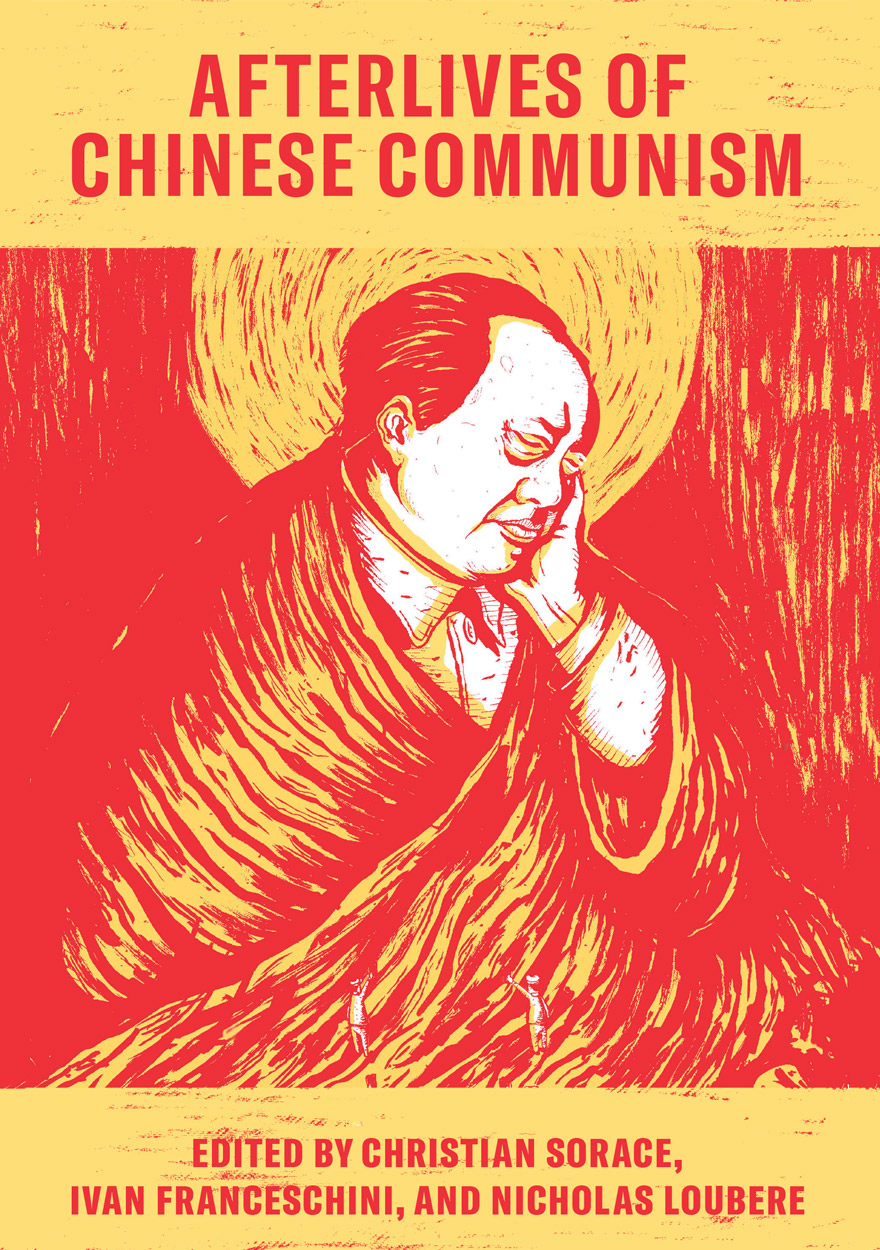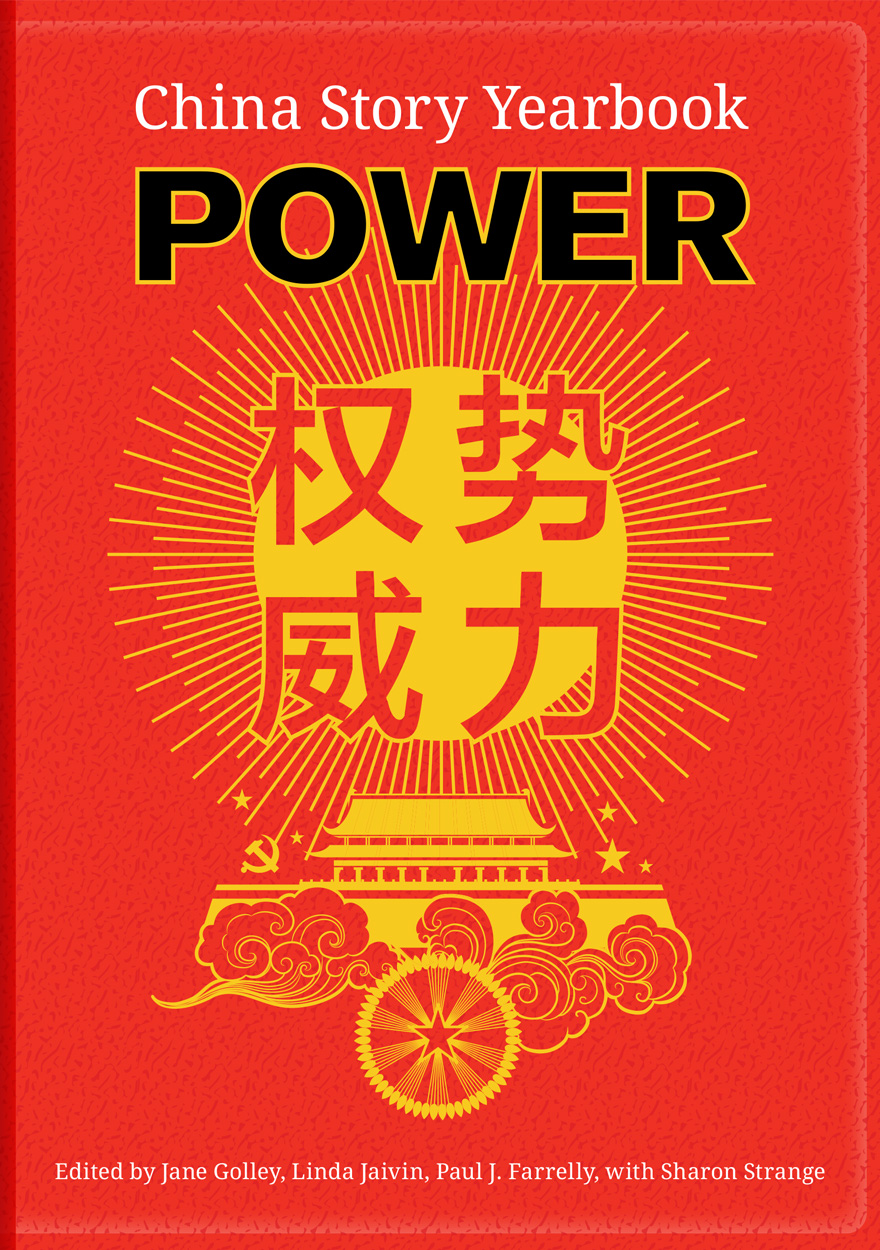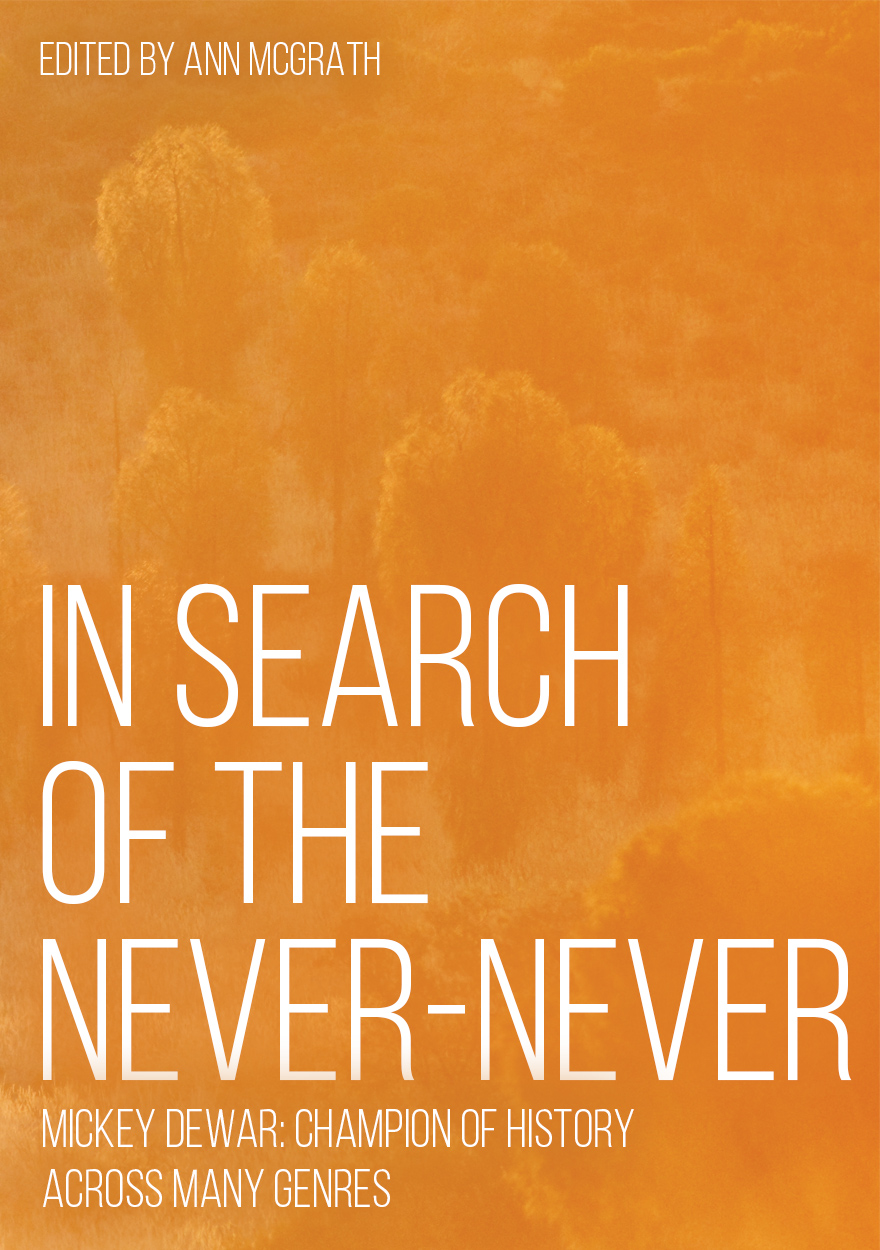Search titles
Displaying results 191 to 200 of 856.

Competing for Influence »
The Role of the Public Service in Better Government in Australia
Authored by: Barry Ferguson
Publication date: July 2019
Amidst growing dissatisfaction with the state of government performance and an erosion of trust in our political class, Competing for Influence asks: what sort of public service do we want in Australia?
Drawing on his experience in both the public and private sectors – and citing academic research across the fields of public sector management, industrial organisation, and corporate strategy – Barry Ferguson argues the case for the careful selection and application of private sector management concepts to the public service, both for their ability to strengthen the public service and inform public policy. These include competitive advantage, competitive positioning, horizontal strategy and organisational design, and innovation as an all-encompassing organisational adjustment mechanism to a changeable environment.
But these are not presented as a silver bullet, and Ferguson addresses other approaches to reform, including the need to rebuild the Public Sector Act, the need to reconsider the interface between political and administrative arms of government (and determine what is in the ‘public interest’), and the need for greater independence for the public service within a clarified role. This approach, and its implications for public sector reform, is contrasted with the straitjacket of path dependency that presently constricts the field.

The Chinese Economic Transformation »
Views from Young Economists
Edited by: Ligang Song, Yixiao Zhou, Luke Hurst
Publication date: July 2019
The Chinese Economic Transformation, the 19th volume in the China Update book series, provides an opportunity for young economists to share their views on various issues relating to the Chinese economic transformation. More than half of the contributors to this book are female scholars. Some of the contributors are rising stars in the studies of the Chinese economy and economic transition, and some only recently received their PhDs and are on their way to establishing themselves in the field of China studies. But they have one thing in common: to passionately observe, study and research what is going on in the Chinese economic transformation during the reform period; and, by so doing, make contributions to the policy debates on, and general understanding of, the Chinese economy.
The chapters in this volume include an in-depth probe into challenges in capital and credit allocation due to financial friction and policy distortions; investigating the causes of growth slow-down in China and suitable policy responses; the evolution of the household registration system and its impact on off-farm employment and the integration of rural and urban labour markets; the growth, scale and characteristics of nonstandard employment; the development of rural e-commerce and its economic impact; innovation performance of listed enterprises in China; financial services liberalisation and its impact on firms’ performance; financing support schemes for small and medium-sized enterprises (SMEs) and the effect on banks’ credit allocation to SMEs; the potential costs of US–China trade conflict and ways to mitigate them; gender income gap in China’s labour market; causes of blockage of Chinese overseas direct investment and strategies to reduce the probability of encountering obstacles; and the role of state capital in the iron ore boom in Australia.
The great variety of topics in this year’s Update allows readers to understand the current shape of the Chinese economy and to think deeply about policies and necessary reforms for future growth and development.

Made in China Journal: Volume 4, Issue 2, 2019 »
Publication date: June 2019
We shall sing the great masses shaken with work, pleasure, or rebellion: we shall sing the multicolored and polyphonic tidal waves of revolution in the modern metropolis; shall sing the vibrating nocturnal fervor of factories and shipyards burning under violent electrical moons; bloated railroad stations that devour smoking serpents; factories hanging from the sky by the twisting threads of spiraling smoke; bridges like gigantic gymnasts who span rivers, flashing at the sun with the gleam of a knife; adventurous steamships that scent the horizon, locomotives with their swollen chest, pawing the tracks like massive steel horses bridled with pipes, and the oscillating flight of airplanes, whose propeller flaps at the wind like a flag and seems to applaud like a delirious crowd.
— Filippo Tommaso Marinetti, The Manifesto of Futurism (1909, translated by R.W. Flint)
Although the smoking serpents of erstwhile have been replaced by the sinuous lines of aseptic high-speed trains, and steamships have long disappeared from the horizon, these words penned by an Italian poet at the beginning of the twentieth century are a surprisingly apt description of the infrastructural frenzy that has overcome China in recent history.
Rushing to catch up after the political turmoil of the twentieth century, over the past four decades the Chinese authorities have been remoulding the urban and rural landscapes in the service of economic growth. Starting from the township and village enterprises and special economic zones of the 1980s, factories have sprung up everywhere in China, boosting a new industrial revolution that has carried the country’s economic miracle well into this century. This was before the Party-state decided that it was time to launch a new green tidal wave of revolution in the now-postmodern metropolis, in an attempt to sever the pillars of spiralling smoke that used to link these plants to the sky (but in so doing, also forcing an entire working class to set their eyes to the ground).
New highways and high-speed railways now crisscross the country, enabling the great masses shaken with work, pleasure, and (little) rebellion to travel with an ease and a speed never experienced before. Bridges of unprecedented length span rivers and seas, bringing together places and people that do not always desire to be connected. If there is a place where the futurist utopia of the early twentieth century has come to fruition, it is China. It is to this infrastructural fever that we dedicate this issue of the Made in China Journal.
Download for free
Not available for purchase

Afterlives of Chinese Communism »
Political Concepts from Mao to Xi
Publication date: June 2019
Afterlives of Chinese Communism comprises essays from over fifty world- renowned scholars in the China field, from various disciplines and continents. It provides an indispensable guide for understanding how the Mao era continues to shape Chinese politics today. Each chapter discusses a concept or practice from the Mao period, what it attempted to do, and what has become of it since. The authors respond to the legacy of Maoism from numerous perspectives to consider what lessons Chinese communism can offer today, and whether there is a future for the egalitarian politics that it once promised.

East Asia Forum Quarterly: Volume 11, Number 2, 2019 »
Publication date: June 2019
The global debate on China is becoming more polarised. Is the Chinese economy robust or on the brink of collapse? Does the concentration of power in the hands of President Xi reflect a weaker or more confident China? Is the Belt and Road Initiative a platform for improving global infrastructure, or a strategy to make developing countries more dependent on China? And is Beijing succeeding in its overseas influence campaign, or has China’s global influence diminished in the face of a backlash?In this special issue of East Asia Forum Quarterly, experts from within and outside China force us to confront the complicated, evolving, and often contradictory forces shaping Chinese society, politics, economics and global affairs.
East Asia Forum Quarterly grew out of East Asia Forum (EAF) online, which has developed a reputation for providing a platform for the best in Asian analysis, research and policy comment on the Asia Pacific region in world affairs. EAFQ aims to provide a further window onto research in the leading research institutes in Asia and to provide expert comment on current developments within the region. The East Asia Forum Quarterly, like East Asia Forum online, is an initiative of the East Asia Forum (EAF) and its host organisation, the East Asian Bureau of Economic Research (EABER) in the Crawford School of Economics and Government in the College of Asia & the Pacific at The Australian National University.
Download for free
Not available for purchase

Understanding Oceania »
Celebrating the University of the South Pacific and its collaboration with The Australian National University
Edited by: Stewart Firth, Vijay Naidu
Publication date: May 2019
This book is inspired by the University of the South Pacific, the leading institution of higher education in the Pacific Islands region. Founded in 1968, USP has expanded the intellectual horizons of generations of students from its 12 member countries—Cook Islands, Fiji, Kiribati, Marshall Islands, Nauru, Niue, Samoa, Solomon Islands, Tokelau, Tonga, Tuvalu and Vanuatu—and been responsible for the formation of a regional elite of educated Pacific Islanders who can be found in key positions in government and commerce across the region.
At the same time, this book celebrates the collaboration of USP with The Australian National University in research, doctoral training, teaching and joint activities. Twelve of our 19 contributors gained their doctorates at ANU, most of them before or after being students and/or teaching staff at USP, and the remaining five embody the cross-fertilisation in teaching, research and consultancy of the two institutions.
The contributions to this collection, with a few exceptions, are republications of key articles on the Pacific Islands by scholars with extensive experience and knowledge of the region.

International Review of Environmental History: Volume 5, Issue 1, 2019 »
Edited by: James Beattie
Publication date: May 2019
International Review of Environmental History takes an interdisciplinary and global approach to environmental history. It encourages scholars to think big and to tackle the challenges of writing environmental histories across different methodologies, nations, and time-scales. The journal embraces interdisciplinary, comparative and transnational methods, while still recognising the importance of locality in understanding these global processes.
The journal's goal is to be read across disciplines, not just within history. It publishes on all thematic and geographic topics of environmental history, but especially encourage articles with perspectives focused on or developed from the southern hemisphere and the ‘global south’.
Download for free
Not available for purchase

Successful Public Policy »
Lessons from Australia and New Zealand
Publication date: April 2019
In Australia and New Zealand, many public projects, programs and services perform well. But these cases are consistently underexposed and understudied. We cannot properly ‘see’—let alone recognise and explain—variations in government performance when media, political and academic discourses are saturated with accounts of their shortcomings and failures, but are next to silent on their achievements.
Successful Public Policy: Lessons from Australia and New Zealand helps to turn that tide. It aims to reset the agenda for teaching, research and dialogue on public policy performance. This is done through a series of close-up, in-depth and carefully chosen case study accounts of the genesis and evolution of stand-out public policy achievements, across a range of sectors within Australia and New Zealand. Through these accounts, written by experts from both countries, we engage with the conceptual, methodological and theoretical challenges that have plagued extant research seeking to evaluate, explain and design successful public policy.
Studies of public policy successes are rare—not just in Australia and New Zealand, but the world over. This book is embedded in a broader project exploring policy successes globally; its companion volume, Great Policy Successes (edited by Paul ‘t Hart and Mallory Compton), is published by Oxford University Press (2019).

Power »
Edited by: Jane Golley, Linda Jaivin, Paul J. Farrelly, Sharon Strange
Publication date: April 2019
In 2018, the People’s Republic of China (PRC) was, by most measures, more powerful than at any other time in its history and had become one of the most powerful countries in the world. Its economy faced serious challenges, including from the ongoing ‘trade war’ with the US, but still ranked as the world’s second largest. Its Belt and Road Initiative, meanwhile, continued to carve paths of influence and economic integration across several continents. A deft combination of policy, investment, and entrepreneurship has also turned the PRC into a global ‘techno-power’. It aims, with a good chance of success, at becoming a global science and technology leader by 2049 – one hundred years from the founding of the PRC.
In surveying the various ways in which the Party-state wields its hard, soft, and sharp power, the China Story Yearbook: Power offers readers a sense of the diversity of power at work both in China and abroad. Citizens of the PRC have long negotiated the state’s influence; increasingly, diaspora communities and other actors are now being subject to its might. As with previous editions in the series, we place important developments in historical context, and adopt a cross-disciplinary approach: it is our view that economy and politics cannot be divorced from culture, history, and society. The Yearbook provides accessible analysis of the main events and trends of the year and is an essential tool for understanding China’s growing power and influence around the world.

In Search of the Never-Never »
Mickey Dewar: Champion of History Across Many Genres
Edited by: Ann McGrath
Publication date: April 2019
Mickey Dewar made a profound contribution to the history of the Northern Territory, which she performed across many genres. She produced high‑quality, memorable and multi-sensory histories, including the Cyclone Tracy exhibition at the Museum and Art Gallery of the Northern Territory and the reinterpretation of Fannie Bay Gaol. Informed by a great love of books, her passion for history was infectious. As well as offering three original chapters that appraise her work, this edited volume republishes her first book, In Search of the Never-Never. In Dewar’s comprehensive and incisive appraisal of the literature of the Northern Territory, she provides brilliant, often amusing insights into the ever-changing representations of a region that has featured so large in the Australian popular imagination.



